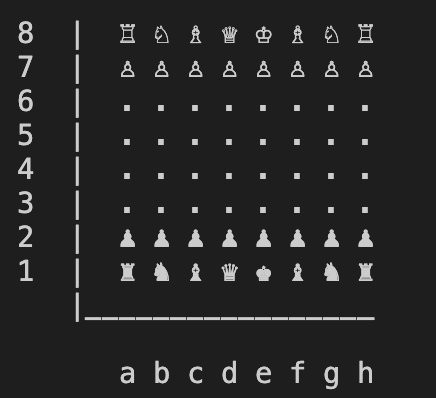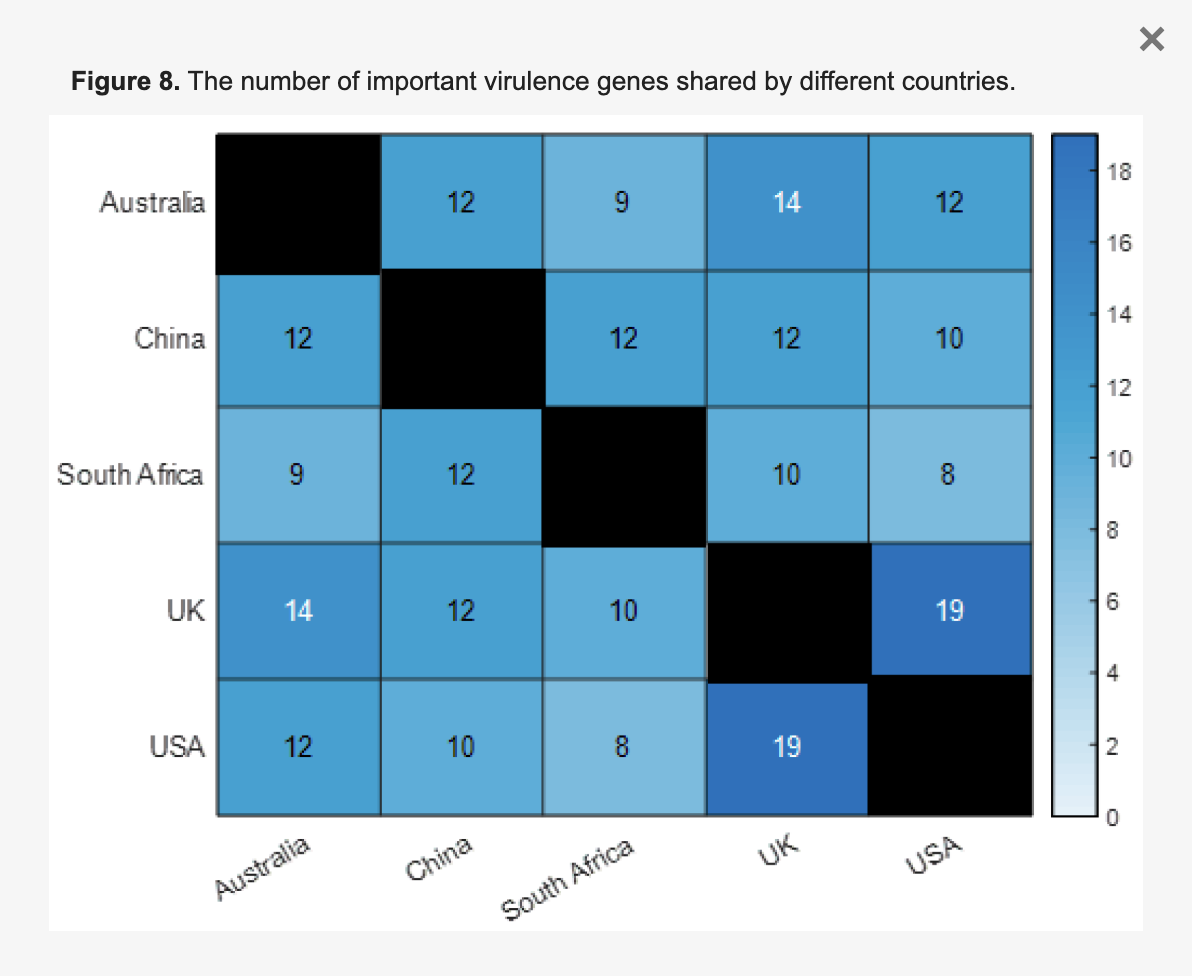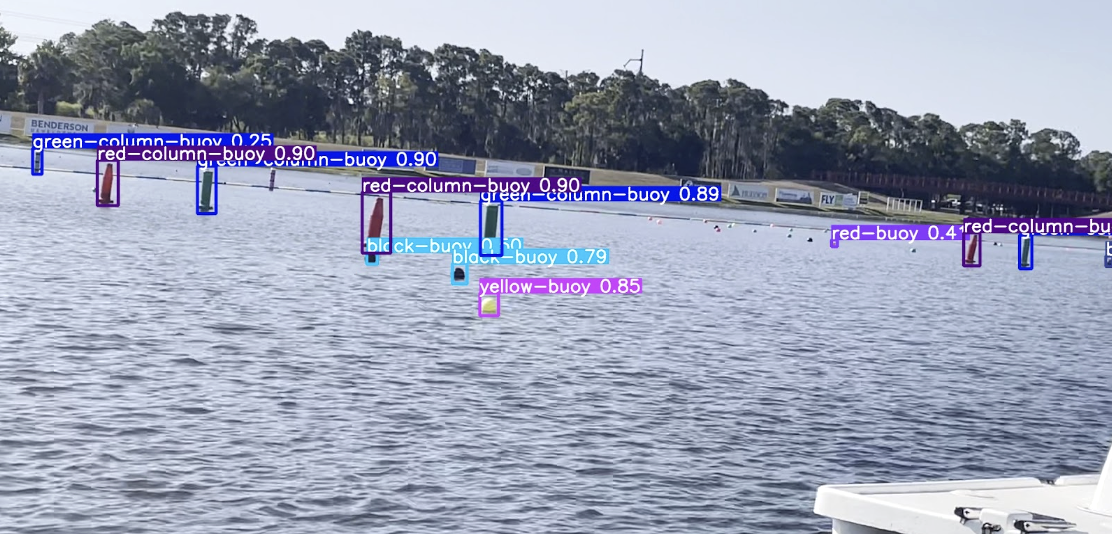
Ocact-Chess
Skills: Objective-Caml (programming language), Functional Programming, Test-Driven Development, Group Project
Personal Contributions: Terminal-based user interface, king and rook mechanics, exhaustive test suite, ~500 LoC
Project Description: For the final project of Cornell's CS 3110 (Functional Programming and Data Structures), I collaborated with three partners to create a terminal-based user interface for chess in Objective-Caml. It supports all the standard rules of chess including en-passant, castling, and pawn promotion. Users move a piece [p] by entering the square [p] is on and then the square they want to move [p] to. The game disallows illegal moves and identifies when a game ends in stalemate or checkmate.
Link to Project
Critter World
Skills: Java (programming language), JavaFX, Object-Oriented Programming, MVC Design Pattern, Group Project
Personal Contributions: Recursive descent parser, context-free interpreter, JavaFX graphical user interface, exhaustive test suite, ~4000 LoC
Project Description: For the final project of Cornell's CS 2112 (Honors Object Oriented Programming and Data Structures), I worked with two other partners to simulate a world of critters with the capability to move, eat, reproduce, evolve, and die. The project was split into three major components: first a recursive descent parser for a simple critter language, second a model-controller for critter simulation, and third a graphic user interface (GUI) to visually represent the model. Additionally, a rigorous test suite of parameterized, random, blackbox, and glassbox testing was developed to check the validity of all modules.
Link to Project
Virulence Gene Study
Skills: R (programming language), Principal Component Analysis, Hierarchical Clustering, Scientific Writing, Group Project
Personal Contributions: South African virulence gene statistical analysis, manuscript writeup, team leadership, ~1000 LoC
Project Description: As part of a summer research program at Villanova University, I worked under Dr. Zuyi Huang to study global trends of virulence genes in antimicrobial-resistant pathogens, specifically performing principal component analysis (PCA) and hierarchical clustering in R using data from the National Practictioner Data Bank. As student lead, I managed project code and spearheaded the write-up of our manuscript. Our research was ultimately published in Processes (impact factor: 2.75), where I received first author recognition.
Link to Project

